Japanese carrier-based long-range fighter ‘Zeke’.
History, development, service, specifications, pictures and 3d model.
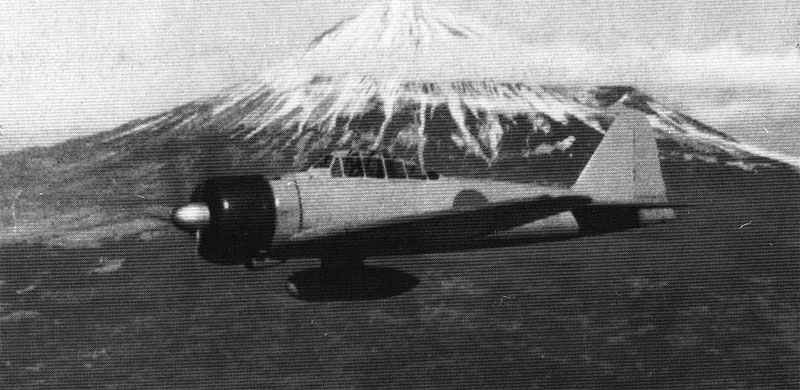
Zero-Sen
Table of Contents
Mitsubishi Zero A6M2 Reisen (Allied Code name: Zeke)
Type: Japanese single-seat carrier-based long-range fighter.
The Mitsubishi A6M2 Zero-Sen is a variant of the famous Mitsubishi A6M Zero, a long-range carrier-based fighter aircraft operated by the Imperial Japanese Navy during World War II. The Zero was renowned for its exceptional maneuverability, long range, and effectiveness in the early years of the Pacific War.
Overview
– Role: Carrier-based fighter aircraft
– Manufacturer: Mitsubishi Heavy Industries
– First Flight: 1939 (initial A6M prototype)
– Introduction: Early 1940s
– Primary Operator: Imperial Japanese Navy Air Service
The A6M2 Variant
The A6M2 was the initial production model of the Zero, sometimes referred to as the **Zero-Sen** (“Zero Fighter”). It was the version that saw extensive action during the early years of World War II, including the attack on Pearl Harbor and many battles across the Pacific.
Key Features and Specifications (A6M2 Model):
– Engine: Nakajima Sakae 12 radial engine, producing approximately 940 hp
– Maximum Speed: Around 533 km/h (331 mph)
– Range: Approximately 1,870 miles (3,000 km) with drop tanks
– Armament: 2 × 7.7 mm Type 97 machine guns in the engine cowling; 2 × 20 mm Type 99 cannons in the wings
– Crew: 1 pilot
– Weight: Approximately 1,680 kg empty; up to 2,796 kg loaded
– Wingspan: 12 meters (39 ft 4 in)
– Length: 9.06 meters (29 ft 9 in)
– Height: 3.05 meters (10 ft 0 in)
Historical Significance
– The A6M2 Zero was highly effective early in the war due to its excellent agility and long range.
– It outperformed many Allied fighters at the start of the war.
– However, it had relatively light armor and lacked self-sealing fuel tanks, making it vulnerable to enemy fire.
– As the war progressed, newer Allied fighters like the F6F Hellcat and F4U Corsair surpassed the Zero in performance.
– Despite its vulnerabilities, the Zero remained a symbol of Japanese naval aviation prowess.
History
Zero – symbolic of Japanese power in the air, this was the name by which friends and enemies came to know one of the most outstanding combat aircraft to see duty in the Pacific, the Mitsubishi Zero. Zeros saw service throughout World War 2 in the Pacific, from the attack on Pearl Harbor to the last suicide missions of the war. At the outset the Zero seemed all but invincible, but it was eventually outclassed by newer Allied types, and despite continual improvements the A6M never again caught up with its adversaries.
More Zeroes were built than any other Japanese aircraft in the course of the war. A total of 11,283 of these fighters came off the production lines in several versions between March 1939 and August 1945. During its long career, the Zero became as famous in Japan as the Spitfire in Britain and the Messerschmitt Bf109 in Germany. The A6M Zero was also the first carrier-based fighter to outperform its land-based contemporaries.
The Zero’s designer, Jiro Horikoshi, set to work in early summer 1937 in response to a Japanese Navy specification for a carrier-based fighter to replace the Mitsubishi A5M, which was just going into service at the time. Mitsubishi and Nakajima both wanted the contract, but Nakajima withdrew after a few months on the grounds that the specification could not be met. The specification had been modified in October 1937 in the light of the earlier type’s combat experience in China.
The new aircraft was to have a maximum speed of more than 300 mph (500 km/h) at 13,000 ft (4,000 m); time to 10,000 ft (3,000 m) of nine and a half minutes; endurance of eight hours at cruising speed with extra fuel tanks, or two hours at combat speeds; a short take-off distance; maneuverability at least equal to that of the Mitsubishi A5M; and two 20-mm cannon, two 7.7 mm machine guns, and 132 pounds (60 kg) of bombs. The first prototype, powered by a 780 hp Mitsubishi Zuisei 13 radial engine, made its maiden flight on April 1, 1939. Its performance was excellent even during the initial tests.
The third prototype was equipped with a 940 hp Nakajima NK1C Sakae 12 engine, and performance improved further. The first examples of the initial variant, the A6M2, finished their tests in July 1940, and two months later the Zero made its operational debut in China.
When Japan went to war the A6M2 was the Navy’s leading carrier-based fighter. It was superior to the Allied types of the period, especially in speed and maneuverability. The Zero made a decisive contribution to Japan’s early successes in the war, and from Pearl Harbor until the Battle of Midway in June 1942 the Mitsubishi fighter (called ‘Zeke’ by the Allies) dominated the Pacific skies. The turning point came after this battle. The Japanese lost a great many Zeroes, and ran into difficulties in replacing men and aircraft. The Allies were gaining strength and introducing newer and more powerful aircraft.
The second main version of the Zero, the A6M3, made its appearance at the time of the Battle of Midway. This version had a more powerful engine and heavier armament.
The autumn of 1943 saw the first deliveries of the Mitsubishi A6M5, perhaps the best of the Zeros. This model was developed in the hope of producing an aircraft that could stand up to the American Hellcats and Corsairs. The A6M5 set fight earlier weaknesses in the Zero – insufficient armament, light structure and lack of protection for pilots and fuel tanks – but in the end proved no match, qualitatively or quantitatively, for the Allied fighters.
A final attempt to achieve parity was made with the development of the last of the Zeroes, the A6M8 powered by a 1,560 hp Mitsubishi Kinsei engine. The prototype appeared in April 1945, but the course of the war and the ruinous state of the Japanese aircraft industry meant that the proposed production program (6,300 aircraft) never got started. During the last months of the war the surviving Zeroes were used in futile attempts to defend the Japanese homeland from Allied bombardment and in suicide raids on Allied shipping.
Users: Japan (Imperial Navy)
Pictures Mitsubishi Zero
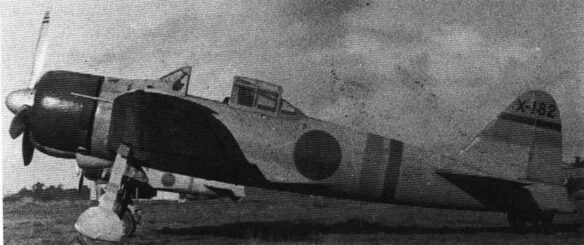
Specifications Mitsubishi A6M2 Zero-Sen
Specifications:
Mitsubishi A6M2 Zero-Sen | Specification |
|---|---|
Type | carrier-based fighter |
Power plant | one 925hp Nakajima NK1C Sakae 12 14-cylinder two-row radial |
Accomidation | 1 |
Wing span | 39 ft 4 1/2 in |
Length overall | 39 ft 9 in |
Height overall | 9 ft 7 in |
Weight empty | 3,704 lb |
Weight loaded | 5,313 lb |
Maximum level speed | 316 mph |
Initial climb | 4,500 ft/min. |
Service ceiling | 33,790 ft |
Range | 1,940 miles with drop tanks. |
Armament:
Mitsubishi A6M2 Zero-Sen | Specification |
|---|---|
fixed in outer wings | two 20mm Typ 99 cannon each with 60-round drum |
above front fuselage | two 7.7mm Type 97 machine guns each with 500 rounds |
wing racks | two 66lb bombs |
Service statistics:
Mitsubishi Zero | figures |
|---|---|
First flight | April 1, 1939 |
Service delivery | July 1940 (A6M1) |
Final delivery | August 1945 (A6M5, A6M8) |
Total production figure (all) | 10,449 |
3D Model Mitsubishi Zero A6M 2 Reisen (Zeke)
References and literature
Combat Aircraft of World War II (Bill Gunston)
Technik und Einsatz der Kampfflugzeuge vom 1. Weltkrieg bis heute (Ian Parsons)
Das große Buch der Luftkämpfe (Ian Parsons)
Luftkrieg (Piekalkiewicz)
Flugzeuge des 2. Weltkrieges (Andrew Kershaw)
World Aircraft World War II (Enzo Angelucci, Paolo Matricardi)
The Encyclopedia of Weapons of World War II (Chris Bishop)




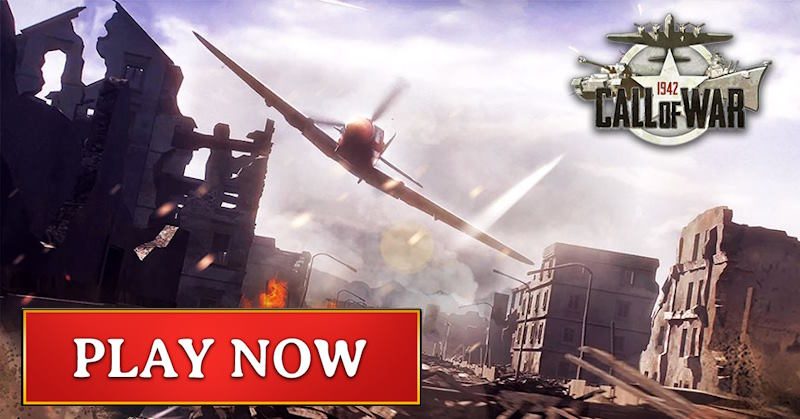
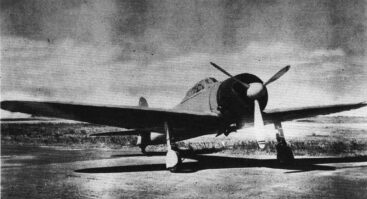
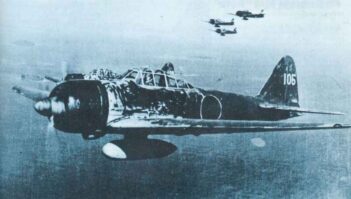
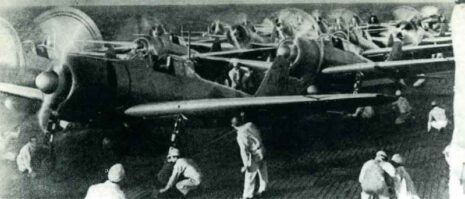
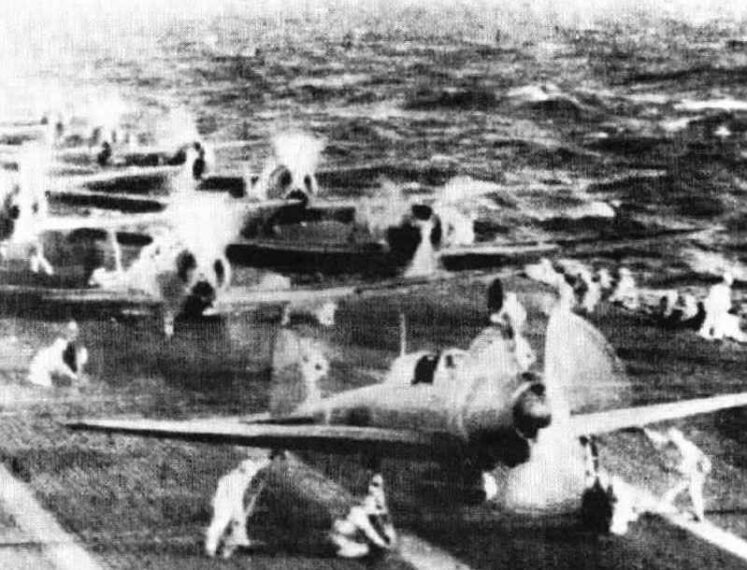
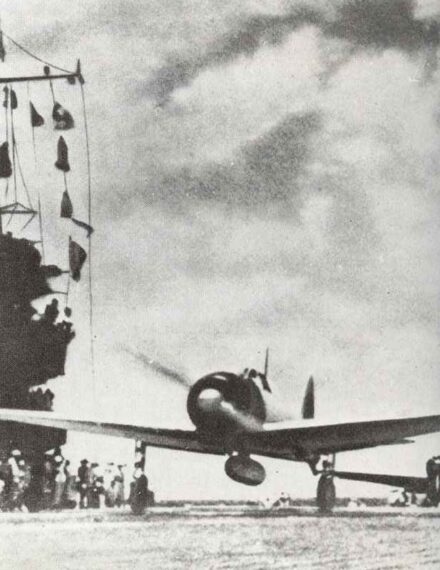
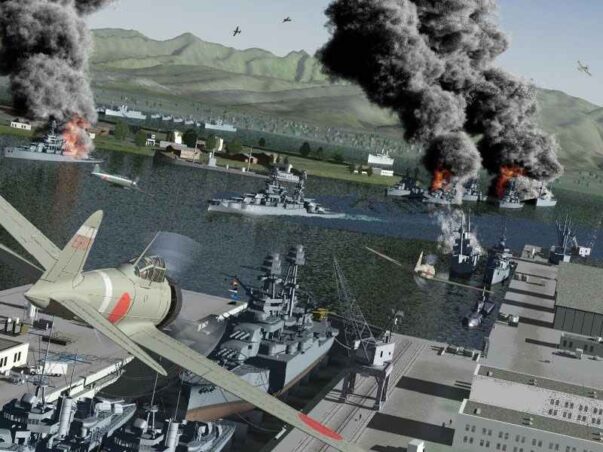
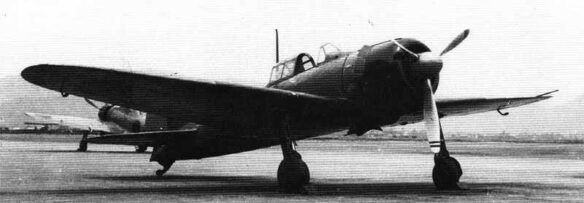
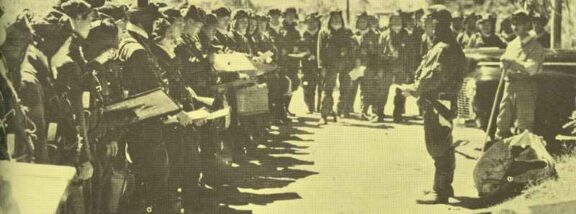
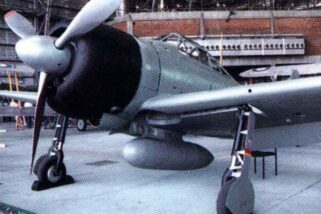
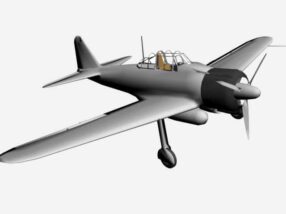
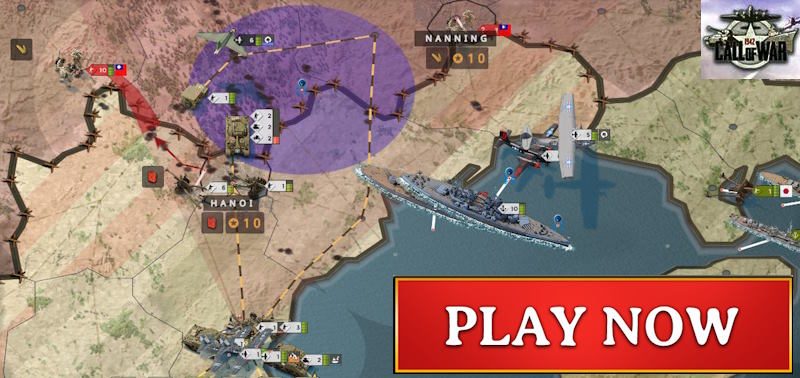



Is there some reasonable explanation for the similarity between the A6M2 and the AT6/SNJ “Texan”? The airframes and wing/tail silhouettes are almost identical, noting that the wingspan of both only differs by about 3 feet! The early model of the AT6 was the NA-16, which first flew in 1935, but the Zero did not take to the sky until 1939, which would have allowed time for Japan to obtain access to plans that may have “found their way” into resourceful hands of aviation businessmen who had relationships with Japanese aviation moguls. It defies all logic to assume that the Mitsubishi engineers created an all original fighter, after the AT6 was developed, which has such a striking resemblance to the American built plane!
The Model 21 Zero was not the fastest or highest flying fighter of1940, but it was very long range and heavy hitting!